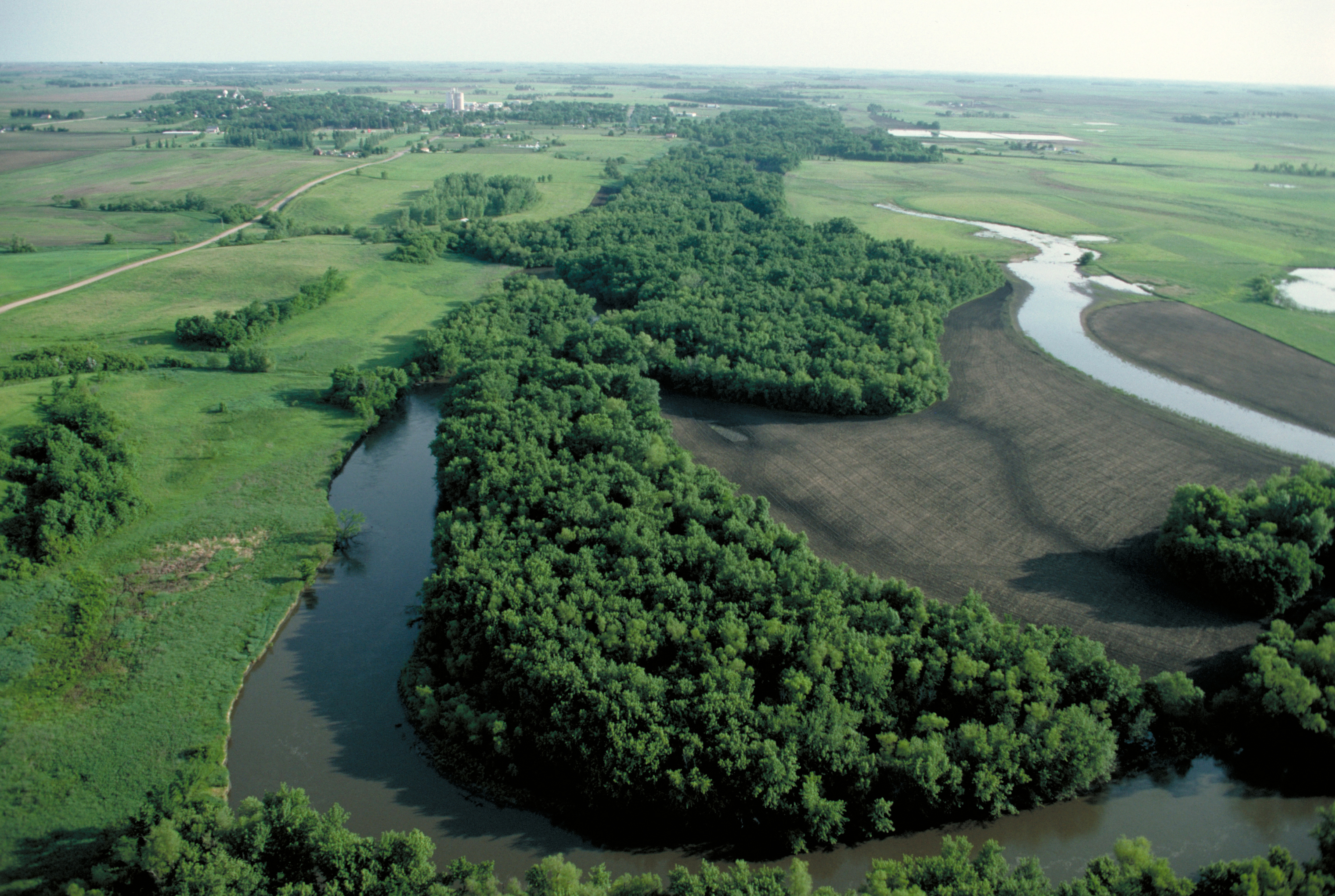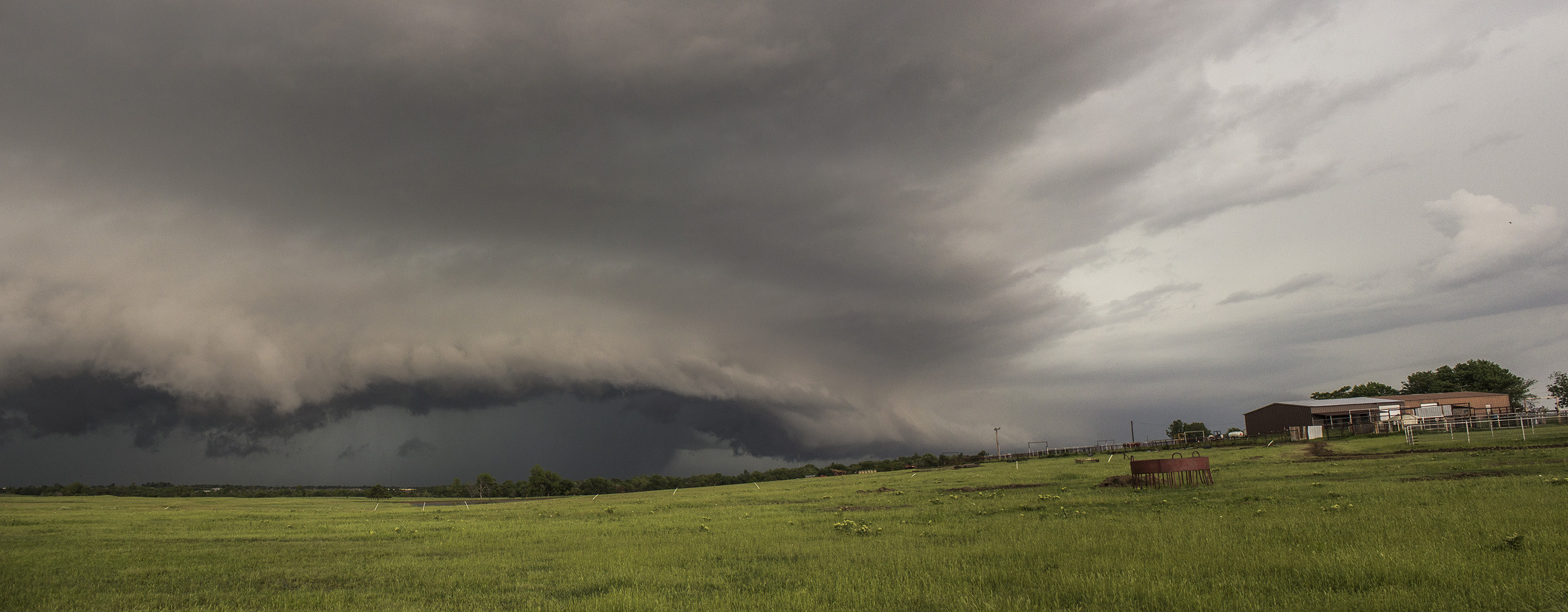There is no question of CSP’s importance. Those enrolled state that the program provides a wide range of environmental benefits and express that it makes the implementation of conservation practices more accessible to those who may ordinarily be wary. However, CSP does more than just better the environment; CSP provides a valuable source of money to people currently struggling.
Environmental issues ranging from water pollution to biodiversity loss to soil erosion remain an ever looming presence. However, many people may be unaware of the role that agriculture plays in many of these problems. Unfortunately, there are few mandatory regulations dictating how agricultural land use interacts with the environment. Instead, mitigating agriculture’s impact on the environment rests largely on the shoulders of the voluntary conservation programs in the Conservation Title of the Farm Bill. On September 30th the 2014 Farm Bill expired amidst a drawn out negotiation in the House and the Senate to draft the 2018 Agriculture Improvement Act. The final version of this bill enjoyed bipartisan support in mid-December and was signed into law by President Trump on December 20th. While the past few months have painted an uncertain future for key programs, this final version avoided gutting one of the Conservation Title’s most popular programs.
Recap: What is CSP?
Within the Conservation Title, the largest working-lands program is the Conservation Stewardship Program (CSP), which currently has over 70 million acres of productive farmland enrolled. CSP is unique among the other conservation programs because it takes a whole-farm approach to helping farmers maintain, improve, and implement conservation practices on land that is actively used for farming. In order to be eligible, farmers must meet a “conservation stewardship threshold” for at least two State-identified priority resource concerns, such as air quality, soil erosion, or wildlife habitat. Through CSP, farmers receive annual payments for maintaining existing practices and adopting new ones. The 2014 Farm Bill established 10 million acres as the cap on the amount of land that can be enrolled annually in the program. It also set the contract length at five years, with the possibility to renew for an additional five years, provided that further conservation practices were developed. Overall, CSP performs the dual function of helping farmers adopt more environmentally-friendly practices, while providing them with extra financial assistance.
CSP is a popular program among farmers. One study in particular, conducted by the Center for Rural Affairs, interviewed farmers enrolled in CSP from Iowa, Kansas, Nebraska, North Dakota, and South Dakota, and recorded their opinions of CSP. From their interviews, they found that “the majority of farmers and ranchers who responded reported a high level of satisfaction with the program and stated CSP should be prioritized in the 2018 Farm Bill”. The study concluded by stating that, because the present economic climate necessitates farmers to look for jobs off-farm in order to make ends meet, the farmers who participated in the study greatly appreciated the extra financial support provided by CSP.
2018 House Attempts to Strip CSP
In light of farmers’ overall positive view of the program, one would think that the House and Senate drafts of the 2018 Farm Bill would have prioritized support of CSP. However, the House version sought to repeal CSP, leaving all existing contracts intact, but ineligible for renewal. In an attempt to maintain some of CSP’s conservation power, the House version merged CSP with the Environmental Quality Incentive Program (EQIP). The merger would have created an option for new stewardship contracts provided by EQIP, however they removed the language requiring that two priority resource concern thresholds be met before becoming eligible for enrollment consideration and eliminated the whole-farm approach to management.
Both of these changes would have effectively diluted the working-lands program by disabling some of its key components ensuring the quality of lands and commitment of farmers enrolled. Under the merger, the stewardship contracts would have also split their funding with the rest of EQIP, receiving only 50% of the funding allocated to the program. This would leave fewer resources available within the program, likely affecting both enrollment size and the payouts received by those enrolled. Overall, the House amendments sent a clear message that conservation was not their priority in the 2018 Farm Bill.
2018 Senate takes up the Mantel of CSP Preservation
The Senate version took a gentler approach to CSP. It reauthorized CSP and required the USDA to develop better coordination between it and EQIP. The Senate version sought to preserve the basic structure of CSP, maintaining a similar application process and expectations for program compliance. It also addressed some criticisms to the bill, specifically through streamlining the transition to organic certification through allocating USDA funds, amending the “good farming practices” guidelines to include cover cropping and other voluntary conservation practices, requiring payments of at least 125% of the annual payment rate for cover crops, and the addition of possible payment for developing a comprehensive conservation plan. Overall, the Senate’s version made it easier and more appealing for farmers to enroll in the program.
Farmers Weigh in on the CSP Debate
Given the drastic differences between these two versions, one may wonder what farmers thought of the changes. It may come as little surprise that many farmers were unhappy with the House’s proposed changes. Farmers in both Minnesota and Kansas wrote letters to their state legislative officials requesting protection of key conservation programs, including CSP. In Minnesota, over 150 farmers were so concerned by the cuts made to CSP within the House version that they signed a public letter asking Minnesota U.S. Rep. Collin Peterson to advocate that CSP remain an independent program within the Farm Bill. Darrel Mosel, a farmer who signed the letter, is quoted as saying “to kill this jewel of a program in the new Farm Bill makes no sense. Our lawmakers need to decide to keep CSP in, and make it even stronger.” Clearly, to these farmers CSP is an indispensable program that should not be gutted like the House version proposed.
These drastic differences in approach between the House and the Senate, and the strong opinions of farmers, lent a great deal of suspense to the final bill’s creation.

President Trump signing the Agricultural Adjustment Act of 2018 into law on December 20, 2018
2018 Farm Bill Road to Compromise
Thankfully for the farmers who support the program, the final version of CSP more closely resembles the Senate’s version. Although CSP is combined with EQIP within the statute, it remains intact and even receives some improvements. The language of the bill has been altered in several places to promote practices that improve soil health, including the addition of explicit directions instructing the Secretary of Agriculture to prioritize it in the program. The final version also contains payments for cover crop activities, grazing management and rotation, and comprehensive conservation plans. It also directs the Secretary to allocate funding for organic certification. All of these changes will benefit farmers by providing more opportunities for financial assistance while strengthening the program’s conservation efforts.
The most significant drawback to the final version is the allocation of funding. CSP will receive $700 million in funding in 2019 and this will increase gradually to $1 billion in 2023. In contrast, CSP was allocated $1.3 billion in funding in 2018 and could enroll up to 10 million acres of land. A report from the Congressional Budgets Office also shows that over the next ten years CSP’s spending is expected to decrease. In fact, it is the only conservation program whose direct spending outlays will decrease for both the 2019-2023FY and the 2019-2028FY. While these changes may not spell immediate trouble, this cut to the largest working lands program’s budget is concerning. Although it is too early to tell how exactly this difference in funding may affect CSP’s future, decreased funding will likely impact enrollment numbers and the resources available to those enrolled.
Ultimately, the enacted Agriculture Improvement Act provides some mixed messages about CSP. It improves on the program in many ways by providing more opportunities for farmers to receive payments and increasing its conservation strength through directed measures for soil and grazing management. However, the budget cuts raise a red flag. As the largest conservation program, limiting CSP’s budget could affect the program’s capacity in the future. Aside from passing comments on budget and enrollment cuts, there is little in-depth discussion in public news sources at this time of how the changes in funding may affect CSP in the coming years. For many, it may still be too early to determine how these changes may impact the program, however it is worth watching closely.
There is no question of CSP’s importance. Those enrolled state that the program provides a wide range of environmental benefits and express that it makes the implementation of conservation practices more accessible to those who may ordinarily be wary. However, CSP does more than just better the environment; CSP provides a valuable source of money to people currently struggling. Dizzying expenses and low product prices, among other issues, are strangling small to mid-sized farms all across the United States. In these uncertain times, farmers rely on the payments from programs like CSP to help support them. The 2018 Agriculture Improvement Act has taken many important steps in preserving and improving the program, however farmers and other involved parties should watch closely to ensure that funding constraints do not slowly allow the program to erode away.


